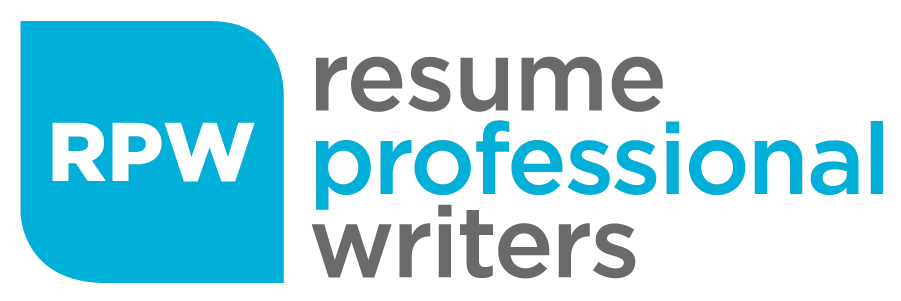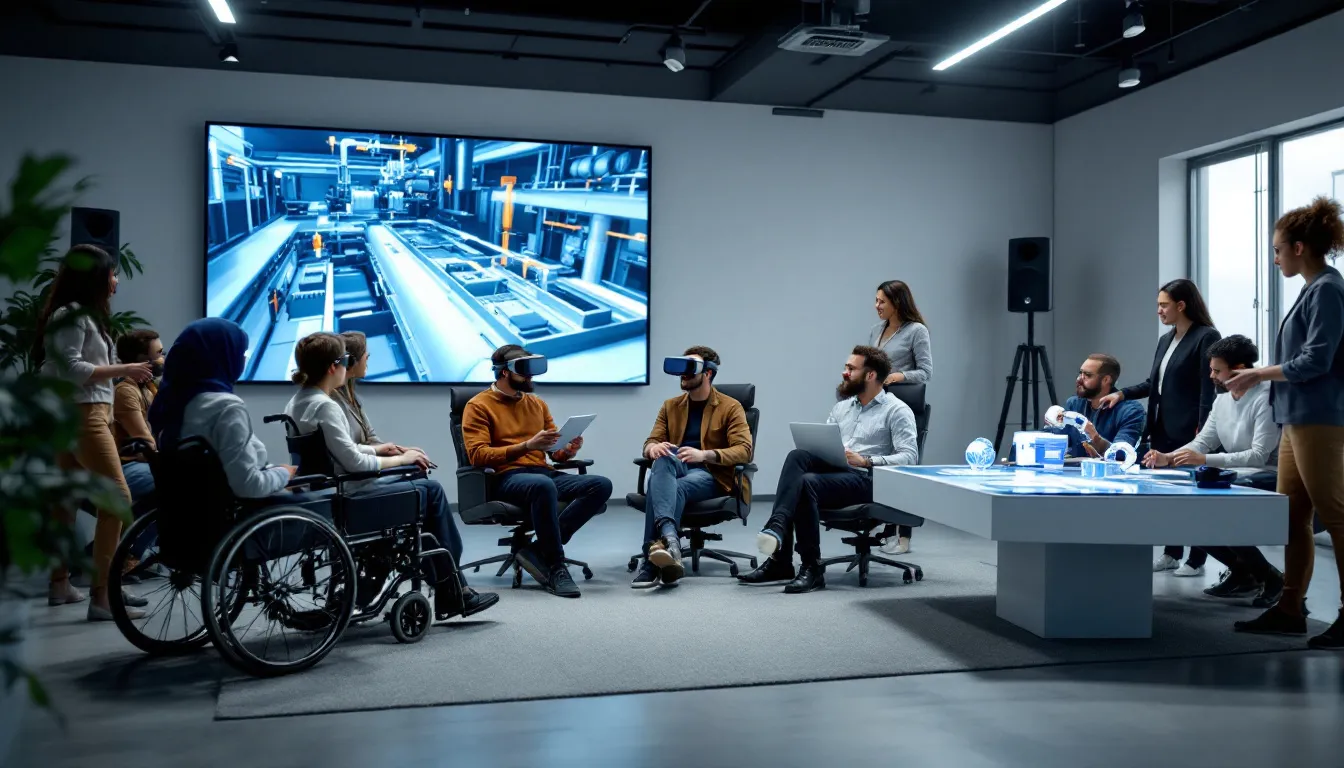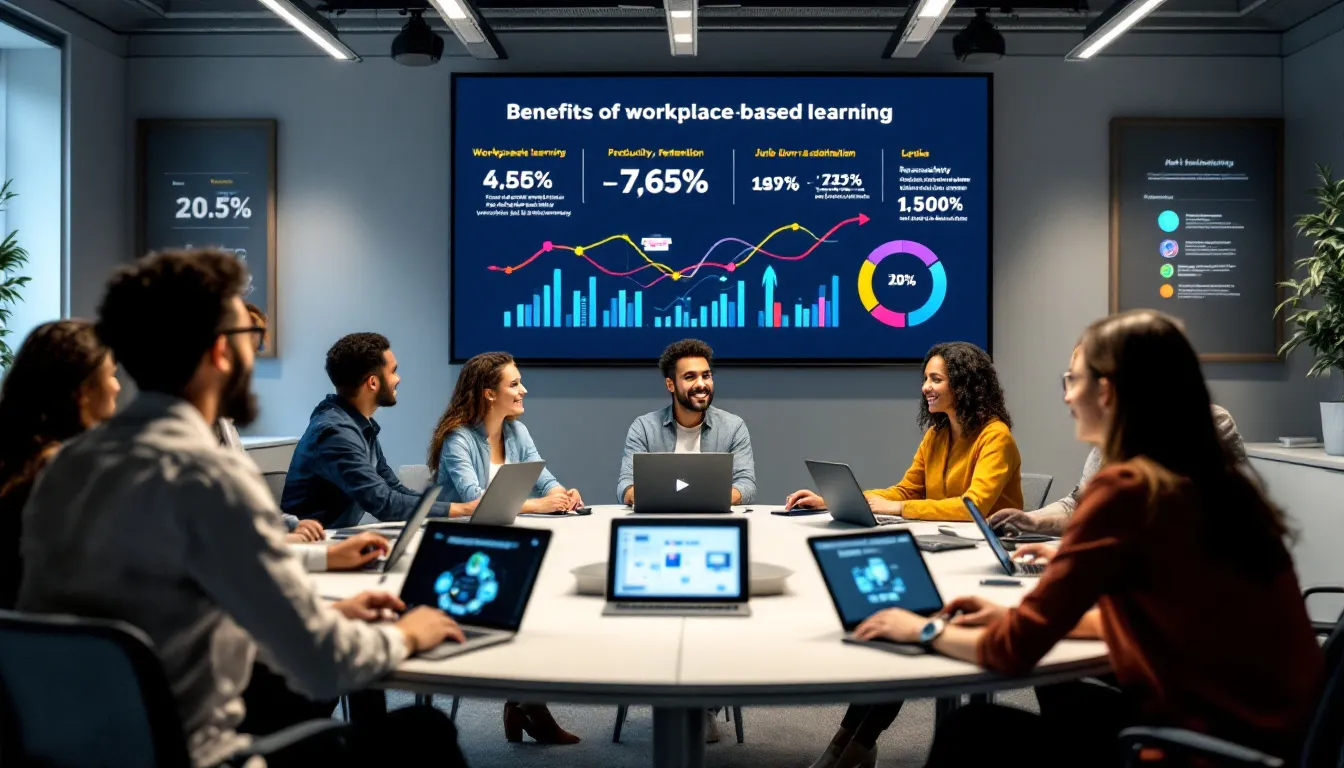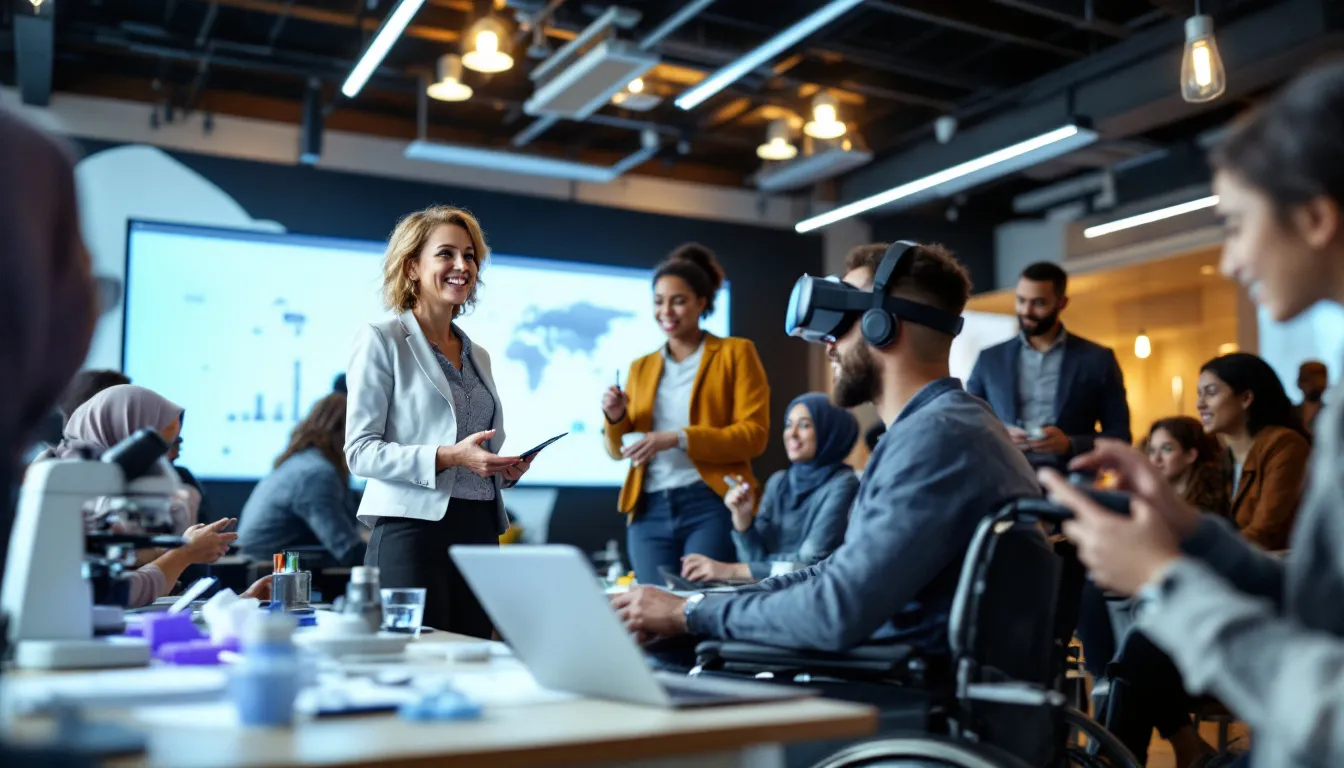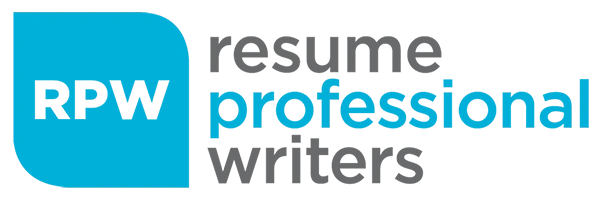Workplace-based learning (WBL) combines real-world job experiences with classroom instruction to prepare students for successful careers. By participating in WBL, students gain hands-on skills that significantly boost their employability. This approach connects classroom education with practical work experiences, enhancing students’ readiness for the workforce.
Key elements for successful WBL programs include strong industry partnerships, effective mentorship, and alignment with classroom instruction to ensure that students gain relevant skills and knowledge. Ongoing evaluation and feedback from stakeholders are essential for optimizing WBL programs and aligning them with industry demands, ensuring their effectiveness and relevance.
In this article, we’ll discuss the mechanisms of WBL, highlight its benefits, and offer strategies for implementing it effectively in educational programs.
Understanding Workplace Based Learning
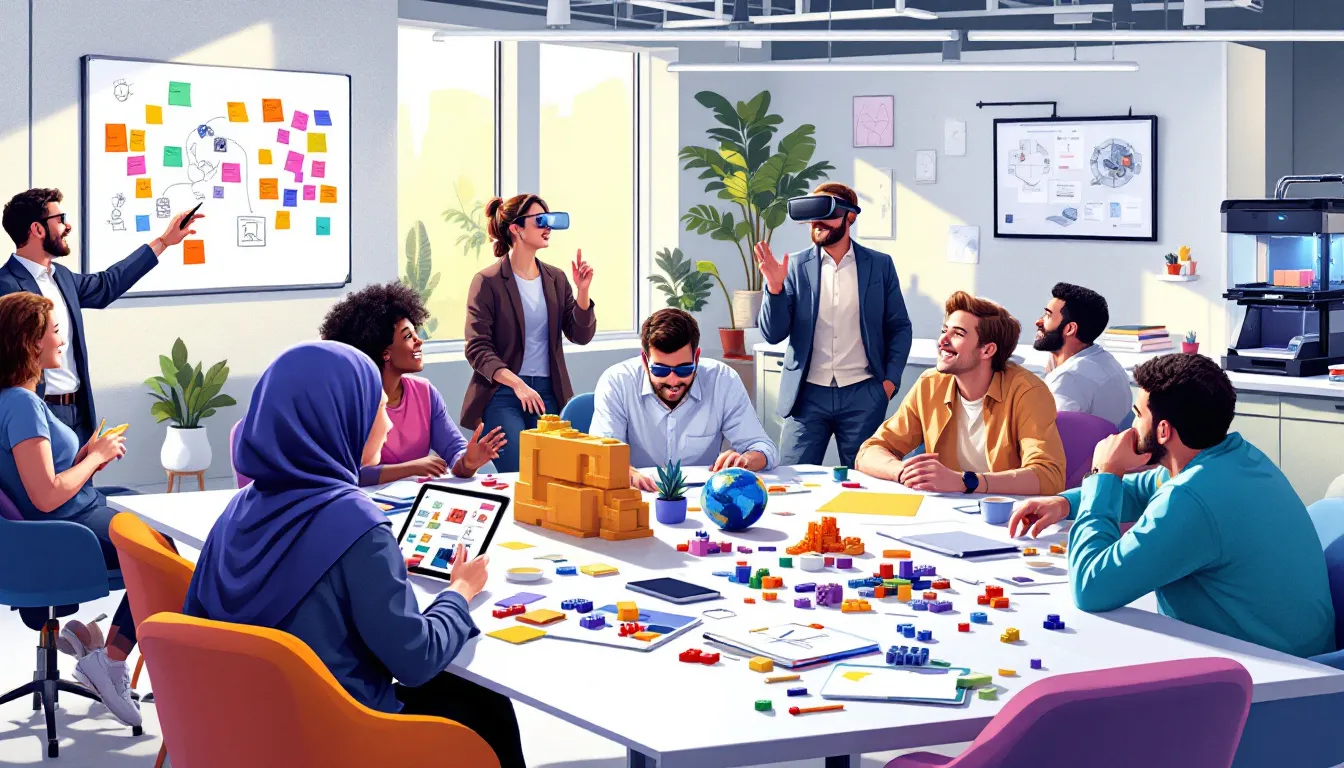
Workplace-based learning (WBL) is a federally supported program in career and technical education that aims to connect classroom learning with real-world job experiences. The primary objective of WBL programs is to prepare the next generation of the American workforce by providing students with actual career experience through work based learning experiences and school based learning.
This dual approach not only enhances employability skills but also ensures that students are ready to meet industry demands upon graduation, addressing employability skill requirements.
Definition
WBL consists of programs that place students in both classroom and workplace settings, allowing them to develop transferable skills that are essential for both education and employment. Typically occurring away from the traditional school environment, WBL takes place in businesses or community organizations across various locations in the U.S., including a work site.
Effective alignment in WBL involves creating a task map that correlates industry demands, state standards, and classroom instruction, thereby enhancing students’ real-world engagement.
Activities
WBL encompasses a variety of practical activities designed to provide students with hands-on experience in their chosen career fields. Common activities include internships, apprenticeships, and on-the-job training, all of which play a crucial role in career development and career preparation activities. These work-based learning activities not only help students explore different career options but also enable them to gain valuable insights into the professional world.
In addition to these core activities, WBL programs often incorporate job shadows, service learning, and other career exploration activities. These varied experiences allow students to apply classroom knowledge practically, boosting their employability and career success.
Schools and local employers work collaboratively to provide these opportunities, ensuring that students receive a well-rounded education that prepares them for the workforce.
Framework
A well-defined and structured WBL framework is essential for the successful implementation of these programs. This framework ensures consistency in integrating WBL into Career and Technical Education (CTE) programs. A comprehensive implementation guide enables educators to standardize approaches that align career education with real-world job requirements, enhancing the effectiveness of WBL programs.
The WBL framework also helps to ensure that programs are set up similarly across different schools and regions, providing a cohesive learning experience for all students. This alignment is crucial for preparing students to meet industry demands and for equipping them with the skills and knowledge they need to succeed in their careers within a work based learning framework, guided by wbl coordinators.
Key Elements of Successful Workplace Based Learning Programs
Successful WBL programs rely on several key elements, including strong partnerships with industry partners, effective mentorship, and alignment with classroom instruction. These components work together to create a robust learning environment that supports student development and career readiness.
Engaging a diverse group of stakeholders—educators, employers, and community partners—ensures that WBL programs prepare students effectively for their future careers.
Industry Partners
Collaboration with local employers is a cornerstone of successful WBL programs. Engaging industry partners ensures that the experiences provided to students are relevant and aligned with current industry demands. Employers play a vital role in these programs by contributing to skill development and influencing curriculum design, which helps to enhance the workforce readiness of graduates. Employers participating in WBL benefit from reduced recruitment costs and gain access to candidates with relevant experience.
Moreover, involving a diverse range of stakeholders, including industry partners, educators, and community professionals, is essential for developing an effective WBL program. This collaboration not only helps to shape program content but also provides students with opportunities to build professional networks and gain insights into various career paths.
By working together, schools and employers can create a more dynamic and responsive educational environment that meets the needs of both students and workplaces.
Mentorship
Mentorship is a critical component of WBL programs, providing students with guidance and support that enhances their learning experiences. Effective mentorship involves training company participants on how to mentor and support students, as well as providing clear guidelines on mentoring and interacting with students. Regular feedback sessions and open communication channels between mentors and students are essential for fostering a sense of value and engagement in the learning process.
Mentorship also helps students develop essential soft skills, such as problem-solving, teamwork, and communication, which are highly valued by employers. Engaging in real-world scenarios allows students to apply classroom knowledge and receive constructive feedback from experienced workplace mentors.
This hands on experiences not only prepares students for their future careers but also helps them build relationships with potential employers and develop a deeper understanding of how students learn in their chosen career field, fostering career awareness.
Alignment with Classroom Instruction
For WBL to be effective, it is crucial to create a clear link between academic tasks and the skills required in the workplace. Successful alignment involves developing a comprehensive task map that connects hands-on activities to educational content and classroom goals. This ensures that students can see the relevance of their classroom instruction in real-world contexts, thereby enhancing their overall learning experience.
Collecting feedback from students, employers, and educators is essential for optimizing training programs and ensuring that they meet the needs of all participants. Feedback mechanisms such as surveys and focus groups provide critical insights that can be used to improve program content and delivery.
Continuously refining WBL programs based on feedback ensures students are well-prepared to meet modern workforce demands.
Benefits of Workplace Based Learning
WBL offers significant benefits for students, employers, and educators, enhancing skills, motivation, and career readiness. By connecting theoretical education with practical industry applications, WBL programs prepare students for WBL participation to enter the workforce with confidence and competence.
Employers benefit from access to a pipeline of skilled job seekers, while educators can enrich their teaching methods and professional growth through real-world applications.
For Students
Engaging in WBL allows students to explore various career paths and gain practical experience that solidifies their classroom knowledge. By participating in internships, apprenticeships, and other hands-on activities, students can identify and refine their professional interests early on. This exposure to different careers helps students set personalized career goals and develop a clearer understanding of the skills required in their chosen fields.
Furthermore, WBL increases students’ awareness of required workplace skills, enhancing their academic motivation and overall career readiness. Combining classroom instruction with real-world experiences enables students to apply their knowledge practically and build essential professional relationships. This comprehensive approach to education ensures that students are well-prepared to succeed in the workforce.
For Employers
Employers who engage with WBL programs gain early access to a pool of workers with hands-on experience and relevant skills. By participating in these programs, employers can influence curriculum design to ensure it aligns with industry needs, thereby developing a pipeline of skilled and motivated potential employees. This involvement not only helps employers meet their workforce needs but also reduces recruitment costs by providing them with candidates who are already familiar with the industry.
Highlighting the mutual benefits of WBL can attract more employers to participate in these programs. Showcasing how WBL develops future talent and enhances education helps schools build strong partnerships with local employers. These collaborations benefit both students and employers, creating a more dynamic and responsive workforce.
For Educators
WBL creates opportunities for educators to apply their teaching methods in real-world contexts, thereby enriching the educational experience. Connecting classroom theories with practical applications creates a more dynamic and engaging learning environment for students. This integration fosters professional growth for educators as they collaborate with industry professionals and adapt their teaching strategies to meet workplace expectations.
Moreover, WBL fosters a more dynamic learning environment by incorporating real-world applications and collaboration between educators and industry professionals. This approach not only benefits students but also enhances the overall quality of education, making it more relevant and responsive to industry demands.
Implementing Workplace Based Learning in Schools
Implementing WBL in schools requires a collaborative effort among students, educational institutions, and employers to ensure a balanced approach. Many states already have successful WBL programs established, providing valuable examples and resources for others to follow. However, differences in education funding, priorities, and applications among states can pose challenges in setting up WBL programs at the state level.
Collaborating and utilizing available resources related to more resources works collaboratively enables schools to develop effective WBL programs that meet the needs of students and local employers.
Program Development
Engaging stakeholders, such as educators and industry partners, is crucial for the successful development of WBL programs. Federal acts like the Perkins funding, Every Student Succeeds Act, and Workforce Innovation and Opportunity Act provide essential support for these programs. Prioritizing resource allocation and utilizing state initiatives like Tennessee’s ensures successful WBL implementation.
Program development also involves creating a structured framework that aligns with career education and real-world job requirements. This framework ensures consistency and effectiveness across different schools and regions, providing students with a cohesive and comprehensive learning experience and curricula.
Professional Development for Educators
Professional development for educators is essential in equipping them to support students effectively in work-based learning (WBL). Ongoing training helps educators adapt to the evolving requirements of WBL and ensures that they can provide the best possible guidance and support to their students. Professional development programs should focus on the specific skills that align with workplace expectations, thereby enhancing the overall quality of education.
Effective mentorship in WBL includes training for mentors to support students’ industry-specific needs and personal development. Proper training ensures that mentors can effectively guide students throughout their WBL journey and provide constructive feedback on their performance.
Student Selection and Preparation
Selecting students for WBL opportunities involves assessing their interests and readiness for workplace environments. Establishing clear criteria for student selection can enhance the quality and effectiveness of WBL experiences. Carefully selecting motivated and prepared students helps ensure WBL programs meet their goals.
Preparing students for participation in WBL programs includes training in workplace etiquette and expectations. This preparation helps students understand the professional standards they will be expected to meet and ensures that they can make the most of their WBL experiences. Providing the necessary training and support enables students to succeed in their chosen career paths.
Engaging Employers in Workplace Based Learning
Engaging employers in WBL is essential for creating successful programs that benefit both students and the workforce. A clear and compelling value proposition can help attract employer partners, while a well-defined partnership framework ensures that roles and responsibilities are clearly understood.
Building strong relationships with local employers helps develop relationships and create dynamic and effective WBL programs in the local area.
Recruitment Strategies
Targeting the right employers for WBL programs can be enhanced by aligning recruitment efforts with industry demands and local economic trends. Focusing on specific industry sectors aligned with curriculum goals attracts employers eager to contribute to developing future talent. Utilizing thorough job descriptions and targeting specific employers can also help in building successful partnerships.
Engaging employers in informational interviews and exploration activities can further strengthen these partnerships. These interactions provide employers with a clear understanding of the program’s objectives and how they can contribute to career development and career success for students.
Schools can showcase the mutual benefits of WBL, emphasizing how these programs help develop future talent and address workforce needs through workforce boards.
Communication and Relationship Building
Maintaining open communication and regular updates with employers is essential for building trust and sustaining long-term partnerships in WBL. Regular feedback and open dialogue ensure that expectations are aligned throughout the partnership, fostering a collaborative environment. Recognizing and appreciating employer contributions through formal acknowledgments or events can also enhance their ongoing participation.
Offering a variety of involvement opportunities for employers can encourage ongoing engagement and participation in the program. Offering multiple ways for employers to contribute, such as guest speaking, mentoring, or hosting workplace tours, keeps them actively involved and invested in WBL programs.
Employer Retention
Employers are more likely to remain engaged in WBL activities that require minimal commitment, such as serving as guest speakers or hosting workplace tours. Providing flexible involvement options and demonstrating the value of contributions helps retain employer participation and ensures WBL programs’ continued success.
Tracking and Evaluating Workplace Based Learning Performance
Monitoring and evaluating WBL programs is crucial for ensuring their effectiveness and relevance. Collecting and analyzing stakeholder feedback allows schools to continuously improve programs and better align them with industry needs.
This ongoing evaluation process helps optimize training programs and ensures that WBL remains a valuable component of career and technical education.
Data Management Solutions
Data management solutions like Eduthings are critical for effectively tracking student progress and outcomes in WBL programs. These tools can track important information such as work-based learning hours and journaling, providing valuable insights into student performance and program effectiveness.
Leveraging these solutions ensures WBL programs are well-documented and data-driven.
Feedback Mechanisms
Gathering feedback is crucial for enhancing the effectiveness of WBL programs. Continuous improvement relies on incorporating insights provided by students, employers, and other participants.
Effective feedback mechanisms, such as surveys and focus groups, strengthen the alignment between educational experiences and industry needs, ensuring that WBL programs remain relevant and impactful.
Measuring Success
Measuring the success of WBL programs involves evaluating various metrics, such as assessment pass rates and return on investment (ROI). These metrics help assess the impact of WBL on student career preparation and employability skills.
Evaluating the alignment of training content with organizational goals ensures WBL programs meet their intended outcomes.
Crafting a Future-Ready Workforce: The Role of Workplace-Based Learning
Workplace-based learning is a transformative educational approach that effectively bridges the gap between classroom education and real-world job experience. By engaging industry partners, providing effective mentorship, and aligning WBL with classroom instruction, schools can create dynamic programs that prepare students for successful careers. The benefits of WBL are far-reaching, enhancing skills and motivation for students, providing employers with a pipeline of skilled workers, and fostering professional growth for educators.
As we look to the future, it is essential to continue refining and expanding WBL programs to meet the evolving needs of the workforce. By embracing WBL, we can equip the next generation with the skills and experience they need to thrive in their careers. For those looking to enhance their career prospects further, consider exploring our professional resume writing services to stand out in the competitive job market. Let us work together to create a brighter future through effective workplace-based learning strategies..
